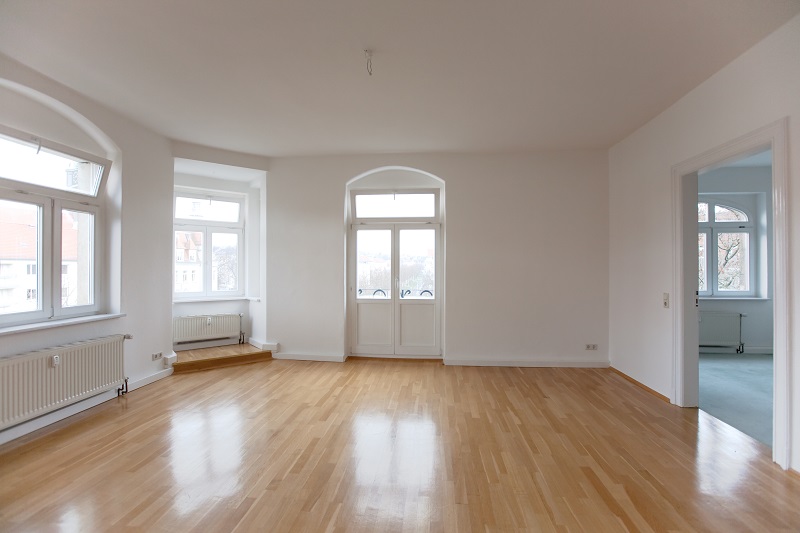Apartment Inventory Reveals Decades-Long Shift Toward Larger Unit Sizes

While small and large apartment buildings are specialized in terms of unit mix, inventory additions over time have been skewed toward larger units across both asset classes.
Number of Two-Bedroom Units Increases in Small Properties
As part of our analysis into the building age dynamics of rental inventory, we examine how the unit mix in apartment buildings has evolved over time. The composition of the retained inventory, through unit consolidations and divisions, is reflective of shifting market preferences.
While two-bedroom units presently dominate the unit mix in small apartment properties, this has been a story of a gradual transformation.
As depicted below, just 41% of units in prewar (built before 1950) small apartment buildings contained two or more bedrooms1. Trends in recent construction echo a market preference for more space and larger units in small apartment properties, with units containing two or more bedrooms comprising 63% of units constructed between 2000 and 2009, and 60% of units between 2010 and 2016.
One-bedroom units make up a higher share of inventory in small prewar buildings, accounting for 43% of units. Recent construction, however, indicates that one-bedroom units have fallen out of favor, as only 34% of units that came online between 2010 and 2016 contained just one bedroom.
One-Bedroom Units Dominate Larger Properties
Unit-mix changes over time within large apartment buildings are slightly more complicated. One-bedroom units dominate across all property age cohorts, while the asset class is also experiencing a secular rise in two-bedroom units.
As shown below, while the share of one-bedroom units in large properties has remained steady in the range of 45-50% across all building age cohorts, two-bedroom units have made significant gains over time, growing from only 23% in prewar buildings, to a high of 36% in properties built in 2000-09.
Notably, studio units comprise decreasing shares in prewar and recently built assets, both large and small, whereas three-or-more-bedroom units show gains in small buildings, while remaining unchanged in large properties.
Consistent with the uptick in renting over the past decade, these data suggest that the multifamily market is moving toward bigger unit sizes. Inventory consolidation over time indicates a growing demand for two-bedroom units in small properties across all building age cohorts, with large properties maintaining the niche of one-bedroom units.
1All data is sourced from the American Community Survey (ACS), unless otherwise stated. ACS statistics are sample-based estimates of the compositional profile of the total population in the given year of data collection, and include a margin of error.

